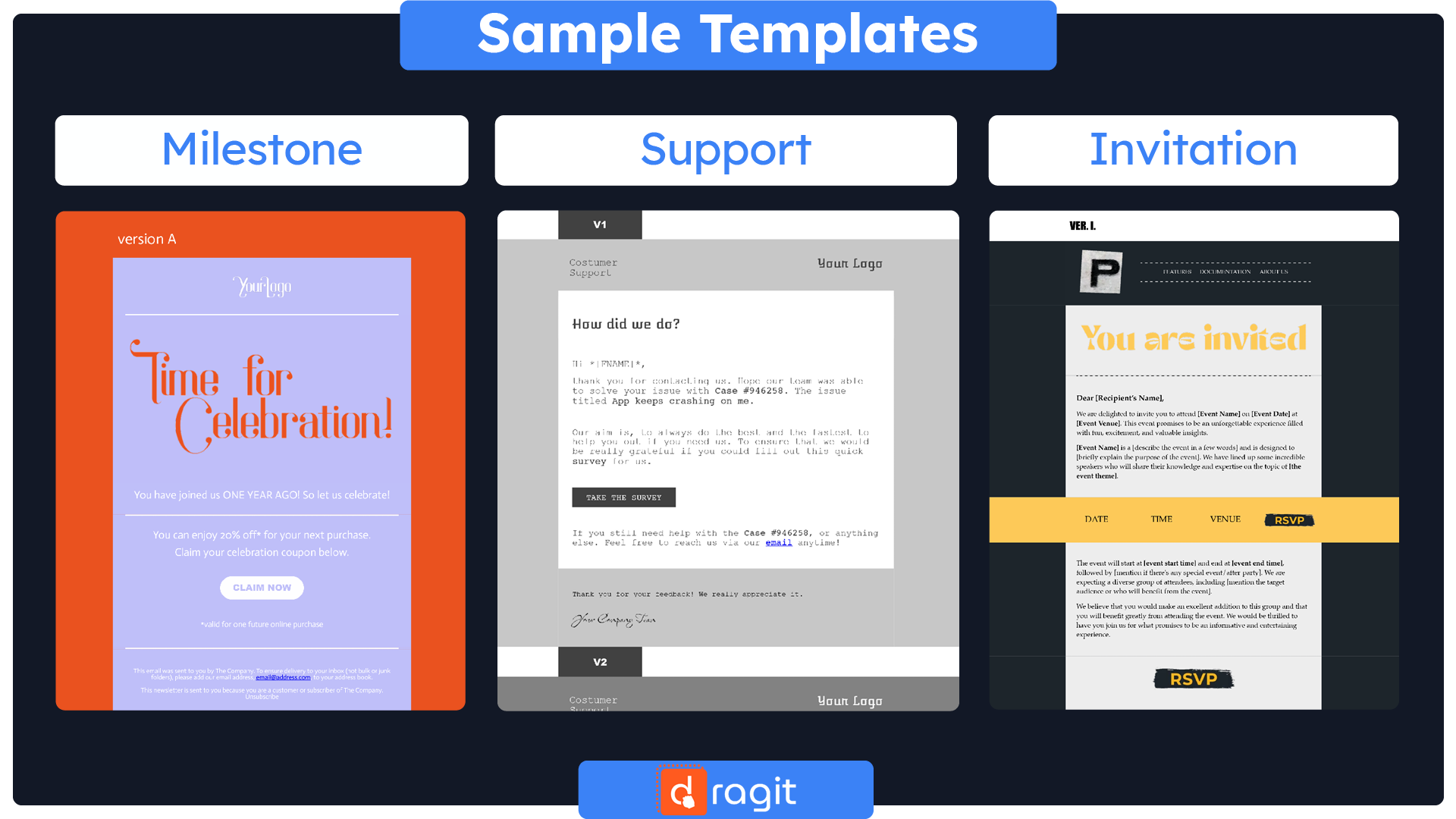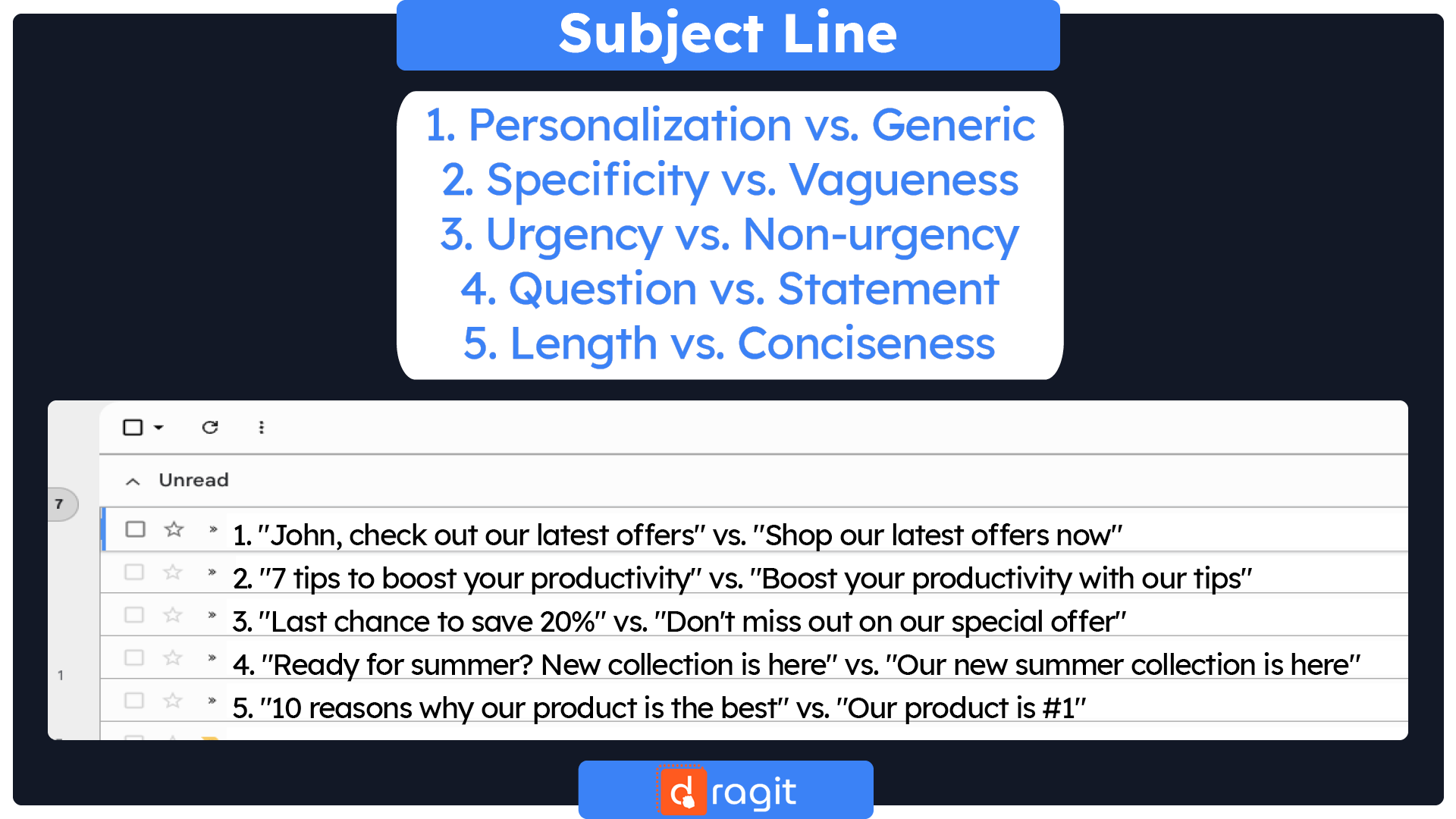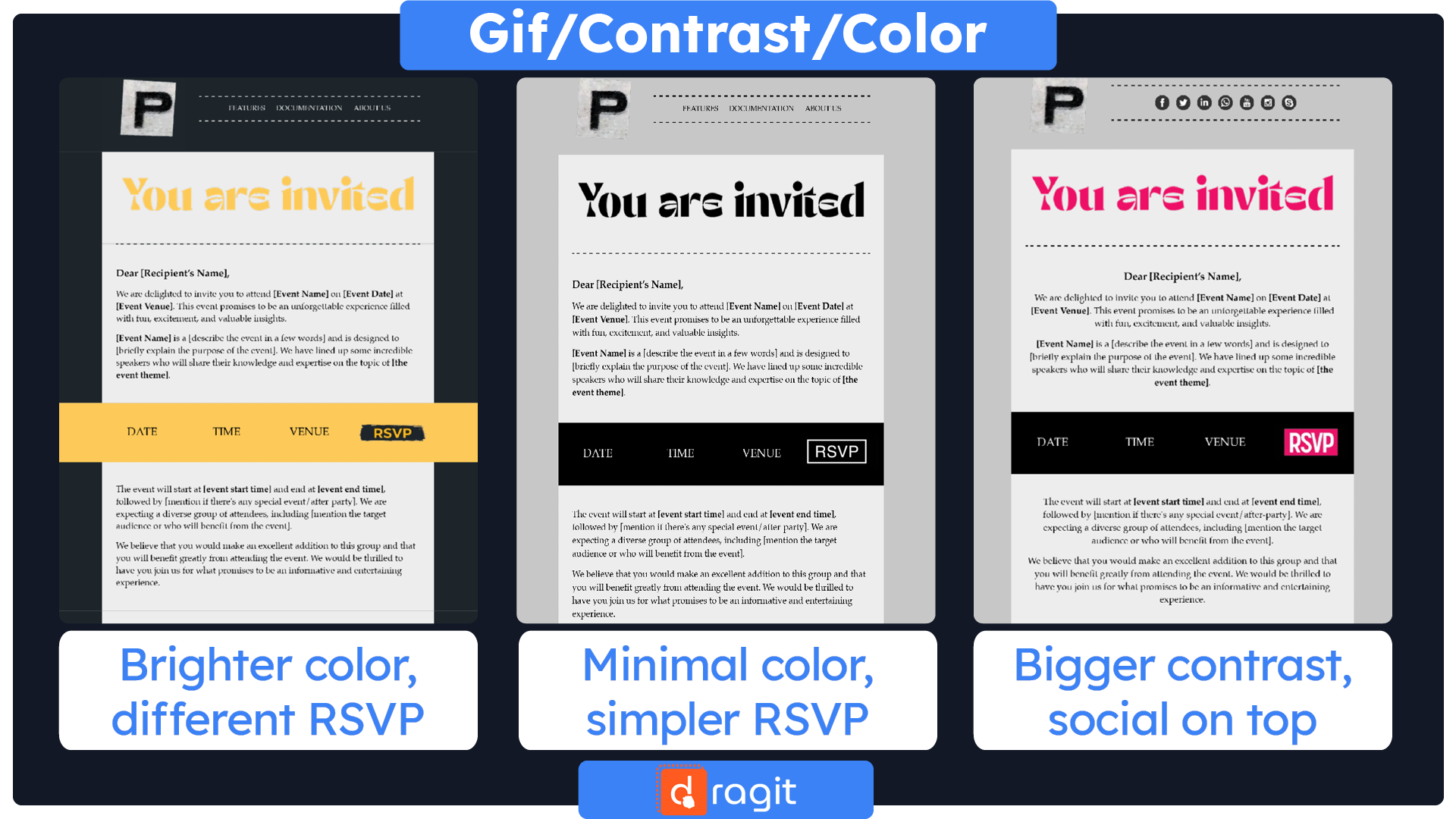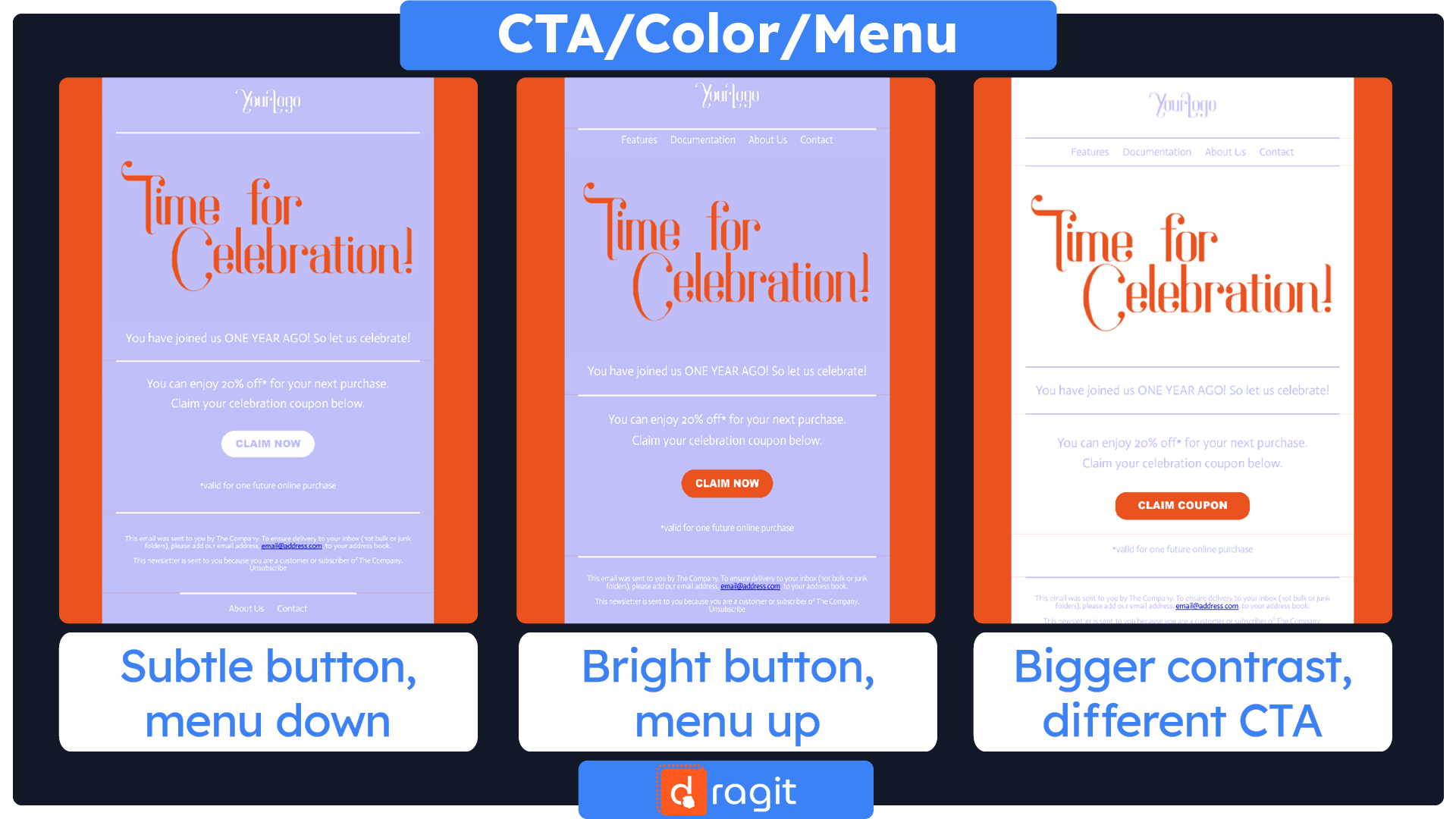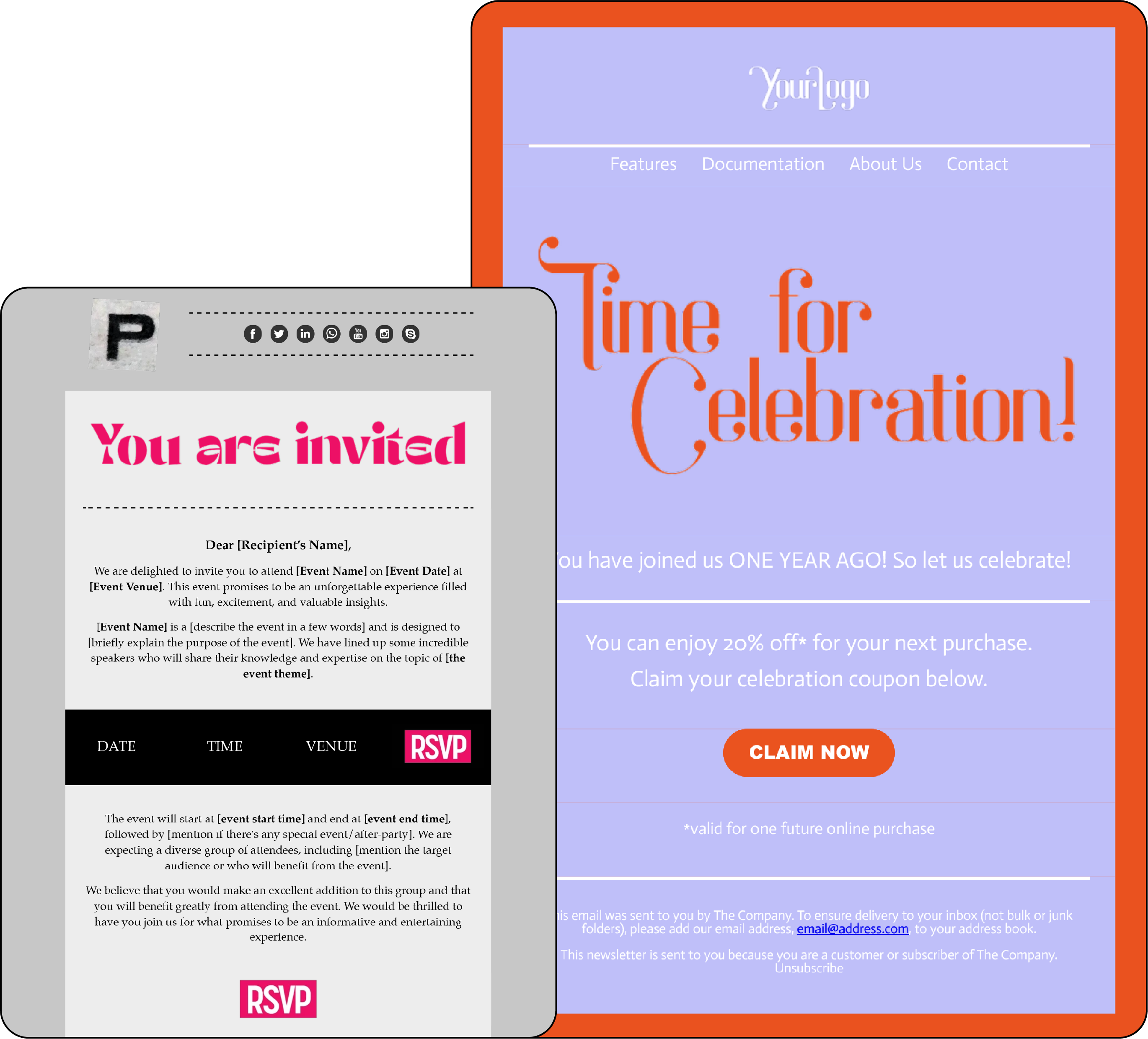Are you tired of sending out email campaigns and feeling like you're just throwing spaghetti at the wall to see what sticks? Well, it's time to put down the pasta and pick up the A/B testing! Whether you're a seasoned email marketer or just starting out, A/B testing is essential for optimizing your campaigns and improving your ROI. By testing different variables like subject lines, content, and calls-to-action, you can learn what resonates best with your audience and make data-driven decisions to improve your email performance. So, put on your lab coat, and let's explore the wonderful world of A/B testing in email campaigns!
Optimizing Email Campaigns through A/B Testing
Before we dive into the benefits of A/B testing in email campaigns, let's talk about how it works. A/B testing is a process of comparing two versions of an email to see which one performs better. You can optimize your email campaigns and improve your results by testing different variables like subject lines, content, and calls-to-action. Try our set of A/B email templates, where you can really see the difference between some subtle changes!
Get This FREE Milestone Email Template Here : Template
Get This PRO* Support Email Template Here : Template
Get This PRO* Invitation Email Template Here : Template
*FREE for Dragit Pro Users.
Some of the content elements that you can test in your email campaigns include:
- Subject Lines: This is the first thing your recipients see when they receive your email. Testing different subject lines can help you find the one that grabs their attention and entices them to open the email.
- Sender Name and Address: This can also affect open rates, as recipients are likelier to open emails from senders they recognize and trust.
- Email Content: This includes everything from the email length to the design, images, and call-to-action placement. Testing different content elements can help you find the right balance to keep your audience engaged and drive conversions.
- Calls-to-Action: These are the buttons or links that encourage recipients to take action, such as clicking through to your website or making a purchase. Testing different CTAs can help you find the best wording, placement, and design for your audience.
Benefits of A/B Testing in Email Campaigns
By testing these different content elements, you can optimize your email campaigns and improve your open, click-through, and conversion rates. So, put on your safety goggles, and let's start experimenting!
Now that we've covered how to optimize your email campaigns through A/B testing let's discuss the benefits you can expect. A/B testing is a powerful tool to help you improve your email performance and achieve your marketing goals.
Here are some of the critical benefits of A/B testing in email campaigns:
- Improved Open Rates: By testing different subject lines and sender names, you can increase the likelihood that your recipients will open your emails.
- Increased Click-Through Rates: By testing different email content and CTAs, you can encourage more recipients to click through to your website or landing page.
- Higher Conversion Rates: Optimizing your emails for engagement and relevance can drive more conversions and sales from your email campaigns.
- Better Engagement and Customer Loyalty: You can build stronger relationships and increase customer loyalty by providing a better email experience for your recipients.
- Cost-Effective Way to Improve ROI: Optimizing your email campaigns through A/B testing can achieve better results without increasing your marketing budget.
These benefits make A/B testing an essential tool for email marketers looking to improve their performance and achieve their goals. So, put on your lab coat and start testing!
Best Practices for A/B Testing in Email Campaigns
Now that you understand the benefits of A/B testing in email campaigns let's talk about how to do it right. While A/B testing can be a powerful tool for optimizing your email campaigns, following best practices to get the most out of your experiments is essential.
Here are some best practices for A/B testing in email campaigns:
- Test One Variable at a Time: To get accurate results, it's important to test one variable at a time, such as the subject line or CTA. This lets you see exactly how each change affects your email performance.
- Use a Large Sample Size: Test your emails on a large enough sample size to ensure statistical significance. A good rule of thumb is to test on at least 10% of your email list.
- Set Clear Goals and Metrics: Before you start testing, ensure you have clear goals and metrics in mind, such as open or conversion rates. This way, you can measure the success of your experiments and make data-driven decisions.
- Test Regularly: A/B testing is not a one-time activity. To stay ahead of the curve and continually optimize your email campaigns, test regularly and adjust as needed.
- Document and Analyze Results: Finally, document and analyze your results to identify patterns and insights. You can learn from your experiments and improve your email campaigns.
By following these best practices, you can maximize your A/B testing and improve your email campaign performance. So, start testing and let the data guide your decisions!
Tools for A/B Testing in Email Campaigns
Now that you know how to optimize your email campaigns through A/B testing and the best practices to follow, let's discuss the tools you can use to make the process easier. While A/B testing can be done manually, several email marketing tools can help you streamline the process and get better results.
Here are some popular tools for A/B testing in email campaigns:
- Mailchimp: Mailchimp is a popular email marketing tool that offers A/B testing features for subject lines, send times, and email content. With Mailchimp, you can test up to three variations of your email and track the results in real time.
- Constant Contact: Constant Contact is another email marketing tool that offers A/B testing for subject lines, email content, and CTAs. With Constant Contact, you can test up to five variations of your email and track the results with detailed reporting.
- Campaign Monitor: Campaign Monitor is a powerful email marketing tool that offers A/B testing for subject lines, email content, and send times. With Campaign Monitor, you can test up to three variations of your email and track the results with real-time reporting.
- Sendinblue: Sendinblue is an all-in-one email marketing platform that offers A/B testing for subject lines, email content, and CTAs. With Sendinblue, you can test up to five variations of your email and track the results with detailed reporting and analytics.
These are just a few examples of the many email marketing tools available for A/B testing. Using these tools allows you to streamline the process and get better results from your email campaigns.
Summary
As you can see, A/B testing is a powerful tool that can help you improve your email campaign performance and achieve better results. By testing different elements of your emails, you can gain valuable insights into what works best for your audience and optimize your campaigns accordingly.
Remember, A/B testing is not a one-time thing – it's an ongoing process that requires regular experimentation and analysis. By following the best practices outlined in this article and using the right tools, you can make the most of your experiments and continuously improve your email campaigns.
So, go ahead and start testing! Try different subject lines, email content, and CTAs, and send times to see what resonates with your audience. With the right approach and mindset, A/B testing can be a fun and rewarding experience that helps you achieve your email marketing goals.
We hope this article has given you a good understanding of the benefits of A/B testing in email campaigns and provided you with some practical tips to get started. Happy testing!

